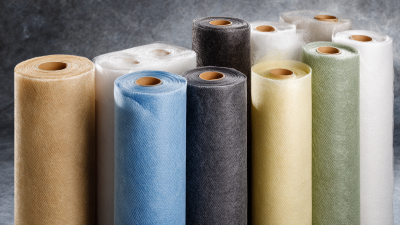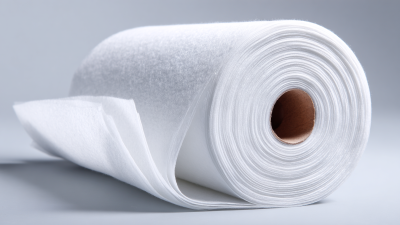
Leave Your Message
-
 CONTACT WhatsApp
CONTACT WhatsApp -

-

-
 CONTACT NUMBER
CONTACT NUMBER -
 CONTACT EMAIL
CONTACT EMAIL





The 138th Canton Fair in 2025 serves as a significant platform for exploring the latest trends in various industries, including the rapidly evolving sector of Filter Nonwoven Fabric. As environmental concerns and the demand for high-performance materials continue to rise, Filter Nonwoven Fabric emerges as a crucial development in the market, meeting the needs of filtration applications across diverse fields such as air, water, and industrial processes. This introduction to the market trends highlights not only the innovations being showcased at the fair but also the potential growth opportunities for businesses and manufacturers. Attendees will have the chance to engage with cutting-edge technologies, establish valuable connections, and gain insights into consumer preferences and sustainability initiatives. As the industry strives for advancements that ensure both efficiency and eco-friendliness, the spotlight on Filter Nonwoven Fabric at the Canton Fair illustrates the direction in which the market is heading, making it an essential event for stakeholders in the nonwoven fabric sector.
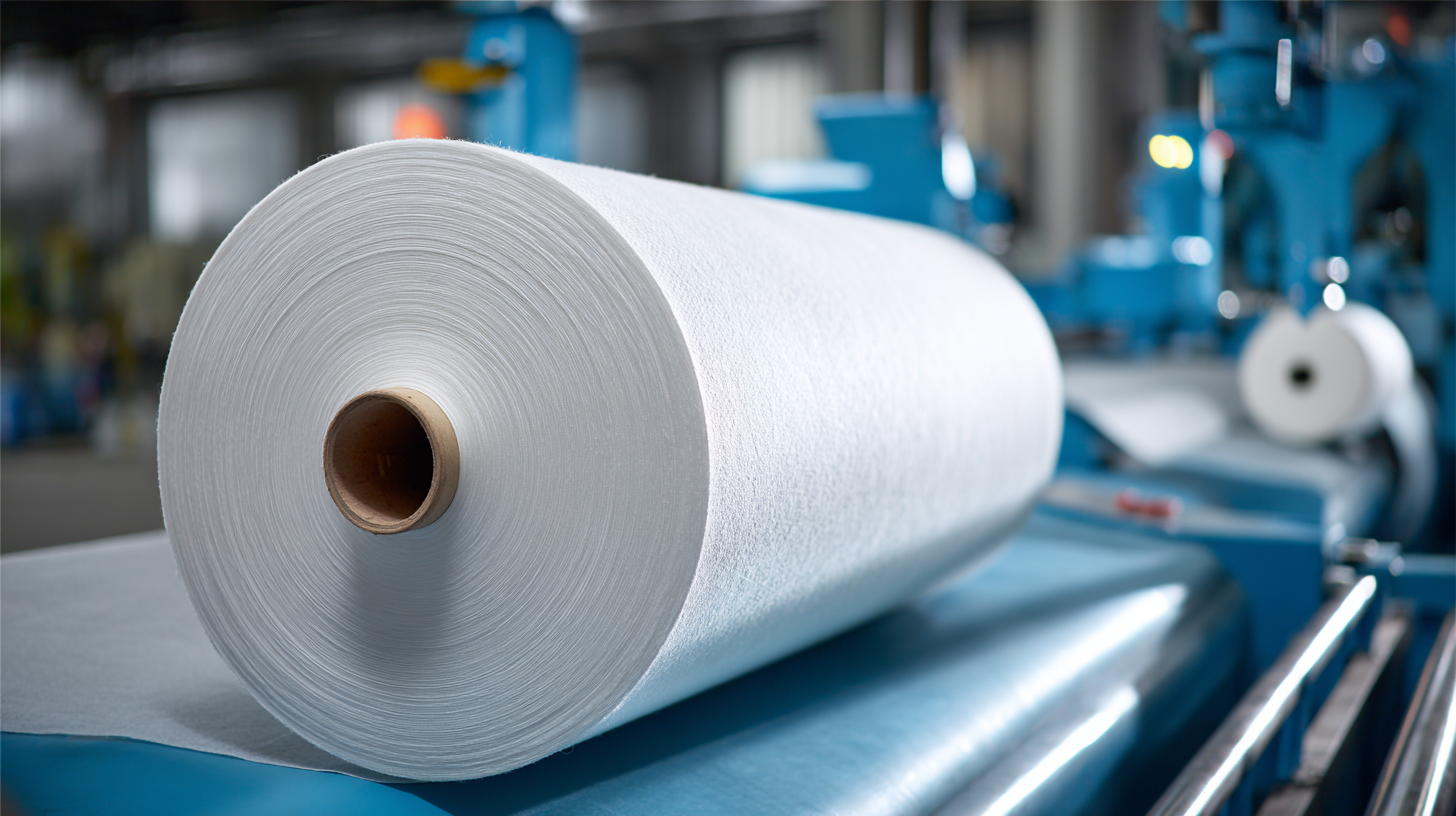
The nonwoven fabrics market is poised for significant growth in 2025, driven by increasing demand across various end-use industries including hygiene, medical, automotive, and agricultural applications. According to recent market analysis, the global nonwoven fabrics market is expected to capitalize on emerging opportunities, with projections indicating that it could surpass $53.21 billion by 2034. Factors contributing to this growth trend include advancements in manufacturing technologies such as dry laid and spunbond methods, which enhance the performance characteristics of nonwoven products.
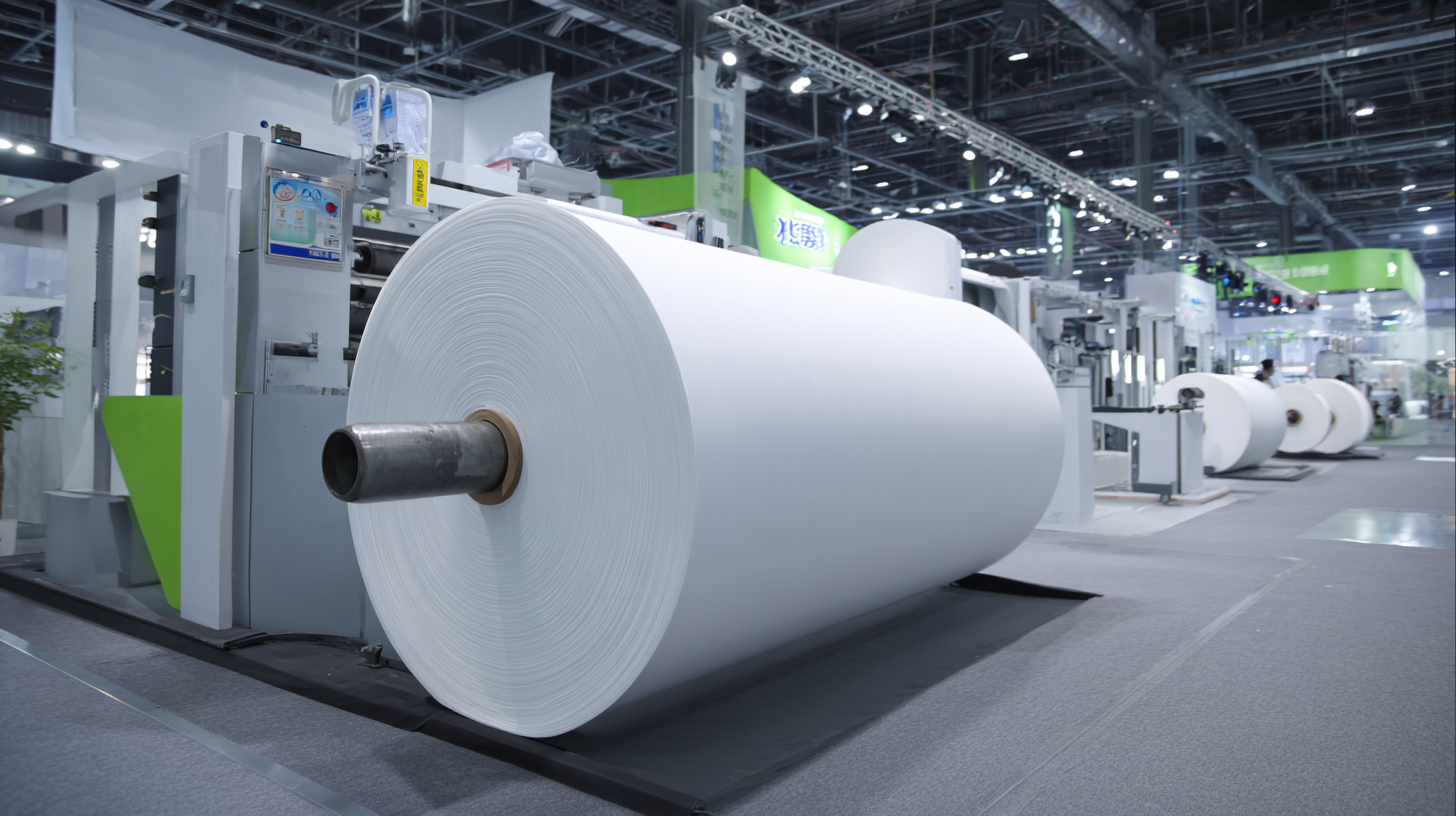
Specifically, the automotive nonwoven fabrics segment, valued at approximately $3.4 billion in 2025, is projected to reach $5.0 billion by 2035, reflecting a robust compound annual growth rate (CAGR). Similarly, the nonwoven crop cover market is set to expand from $550.0 million in 2025 to an estimated $985.0 million by 2035, with a CAGR of 6.0%. These figures underscore the dynamic potential of nonwoven fabrics to meet the evolving needs of various sectors, positioning them as a vital component of modern technical textiles.
The filter nonwoven fabric market is experiencing significant growth due to its innovative applications across various industries. Recent data reports indicate that the global nonwoven fabric market is projected to reach approximately $67 billion by 2025, with a notable increase in demand from the medical and filtration sectors. These fabrics, produced through technologies such as dry laid, spunbond, and wet laid, are redefining industry standards in efficiency and effectiveness.
One of the key drivers of this trend is the rising emphasis on hygiene and cleanliness, particularly in medical applications. Nonwoven fabrics are widely used in surgical gowns, masks, and other protective gear, offering superior filtration and barrier protection. Additionally, the filtration industry is leveraging nonwovens to produce air and liquid filters that meet stringent regulatory standards.
Tips: When selecting filter nonwoven fabrics for specific applications, consider the layer composition and the intended function. Understanding the properties of different technologies, such as spunbond versus wet laid, can significantly impact performance and cost-effectiveness. Furthermore, exploring innovations in material sourcing and recycling practices can enhance sustainability while maintaining quality.
The nonwoven fabric industry is undergoing a significant transformation, driven by sustainability trends that prioritize eco-friendly practices in production. According to a recent report by Smithers, the global nonwoven fabric market is expected to reach $50 billion by 2025, with a noticeable shift towards sustainable materials and processes. Manufacturers are increasingly adopting biodegradable fibers, such as those derived from renewable resources, to meet growing consumer demand for environmentally responsible products.
At the 138th Canton Fair in 2025, this focus on sustainability will be a central theme, showcasing innovations that reduce carbon footprints and enhance recyclability. A study from market research firm Technavio indicates that the demand for eco-friendly nonwoven fabrics is projected to grow at a compound annual growth rate (CAGR) of 7% through 2026. This growth is attributed to the rising awareness of environmental issues and the implementation of stringent regulations on plastic usage. As companies strive to improve their sustainability practices, they are exploring advanced technologies and materials that not only benefit the environment but also offer comparable performance to traditional nonwoven options.
The nonwoven fabric market is witnessing dynamic shifts fueled by evolving consumer needs and technological advancements. Key players in this sector are diversifying their offerings across various types, such as dry laid, spunbond, and wet laid, to cater to specific end-use industries, including hygiene, medical, and filtration. This expansion underscores the competitiveness of manufacturers as they innovate not only in fabric types but also in functionalities that enhance performance in applications ranging from personal protective equipment to industrial filtration.
Tariffs imposed on imports, particularly from China, are reshaping the landscape of nonwoven fabric trade in the U.S., raising questions about China's ability to maintain its leading position. With HS Code 560392 covering nonwoven fabrics weighing over 25 grams per square meter, the trade dynamics are increasingly complex as global suppliers adjust strategies to mitigate tariff impacts. Emerging competitors from other countries are also likely to influence market share, prompting established players to enhance their product offerings and pricing strategies in response to these new challenges.
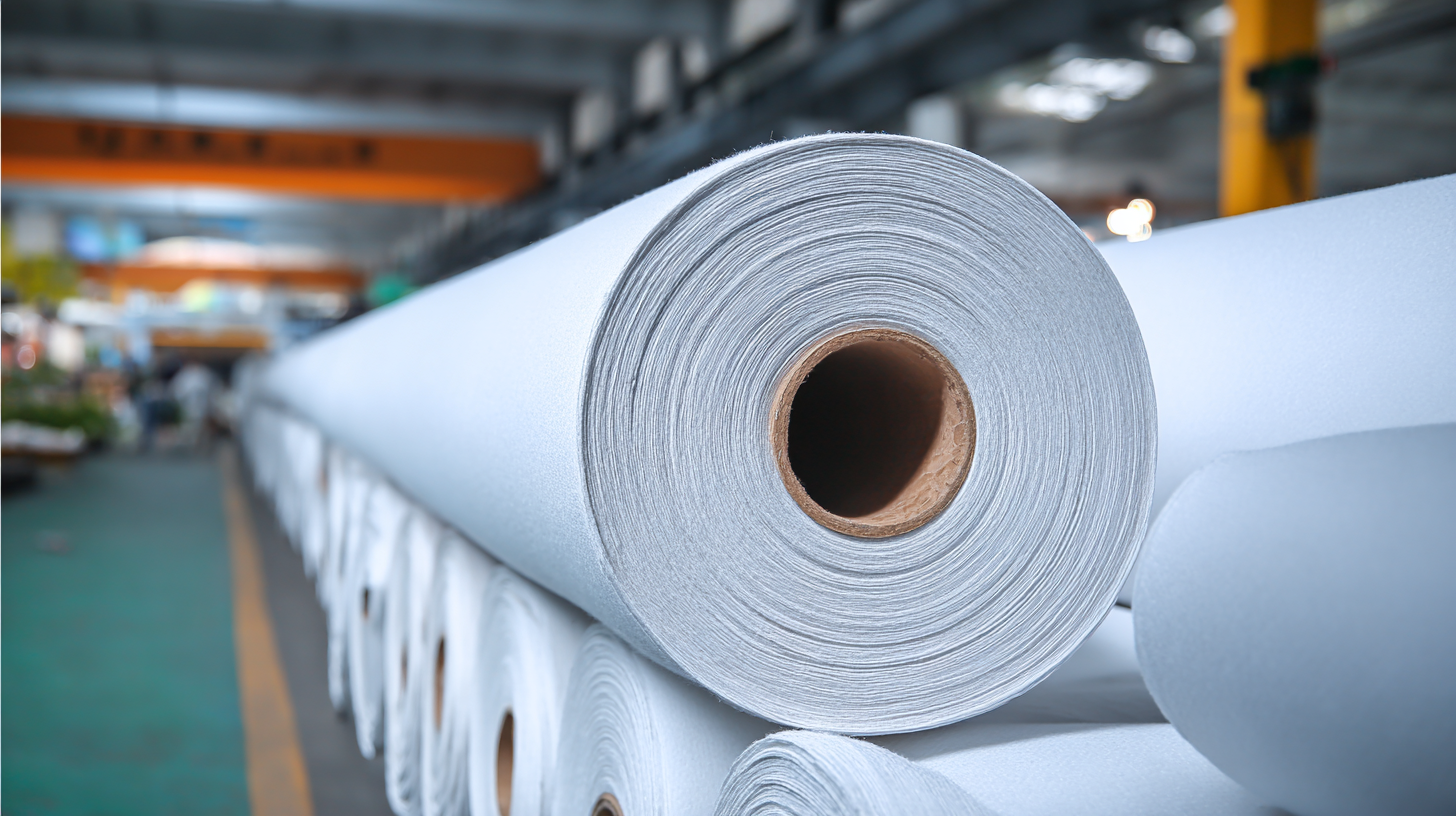
The 138th Canton Fair, commencing on October 15, 2025, promises to be a significant event for industries worldwide, with a spotlight on nonwoven fabric. This sector is witnessing dynamic changes, driven by both innovation and shifts in consumer demand. Recent industry reports indicate that the global nonwoven fabric market is projected to grow at a CAGR of 6.5% from 2021 to 2028, reaching a value of approximately $58 billion by the end of the forecast period. Such growth highlights the increasing applications of nonwoven fabrics across sectors including hygiene, medical, and automotive.
Exhibitors at the Canton Fair are expected to unveil cutting-edge technologies and sustainable practices that align with these market trends. Companies are increasingly focusing on eco-friendly production methods and the use of biodegradable materials, reflecting a broader move towards sustainability in manufacturing. Insights from exhibitors will reveal how they are adapting to these trends and what innovations are emerging in the nonwoven fabric sector.
The engagement with international buyers during this premier event will significantly influence the direction of market trends and product developments in the coming years.

